Futabasaurus suzukii
Name Origin
Named in honor of the rock formation where the fossil was discovered, the Futaba Group, and the discoverer, Mr. Suzuki.
Family
Elasmosauridae
Classification
Reptilia, Diapsida, Sauropterygia
Habitat (Discovery Location)
Japan
Period
Approximately 85 million years ago (Late Cretaceous)
Length
Approximately 6 to 9 meters
Weight
Unknown
Diet
Piscivore (Fish-eater)
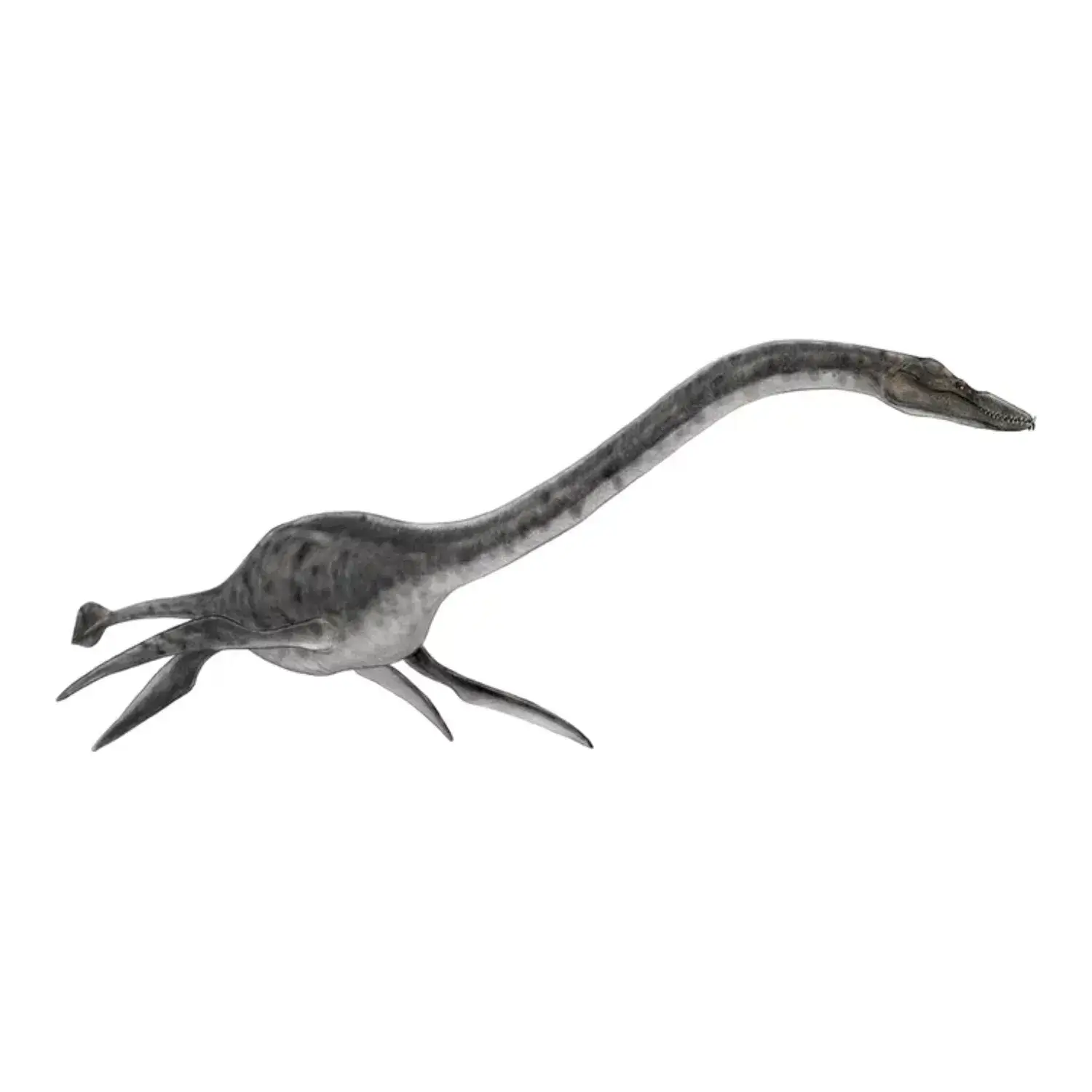

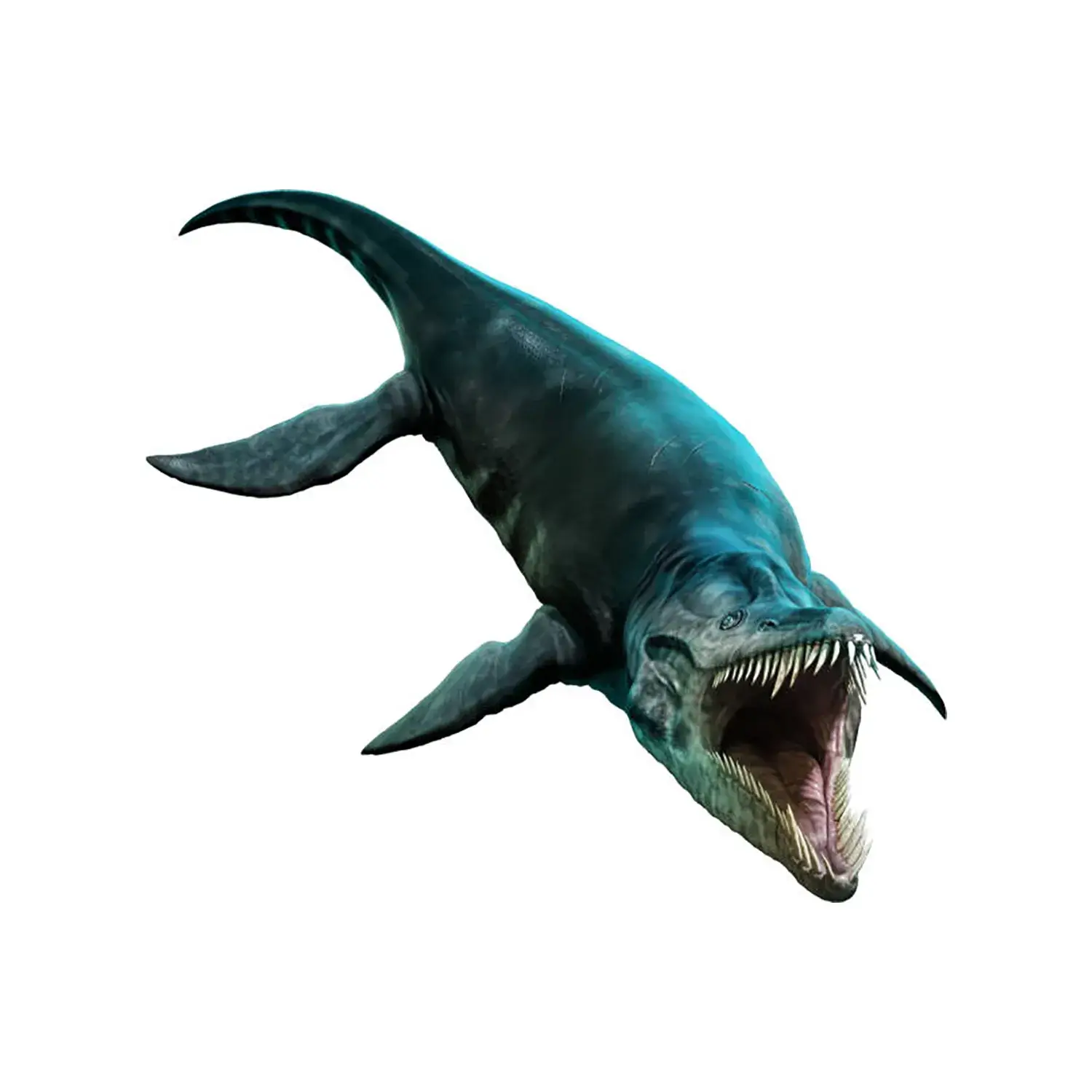

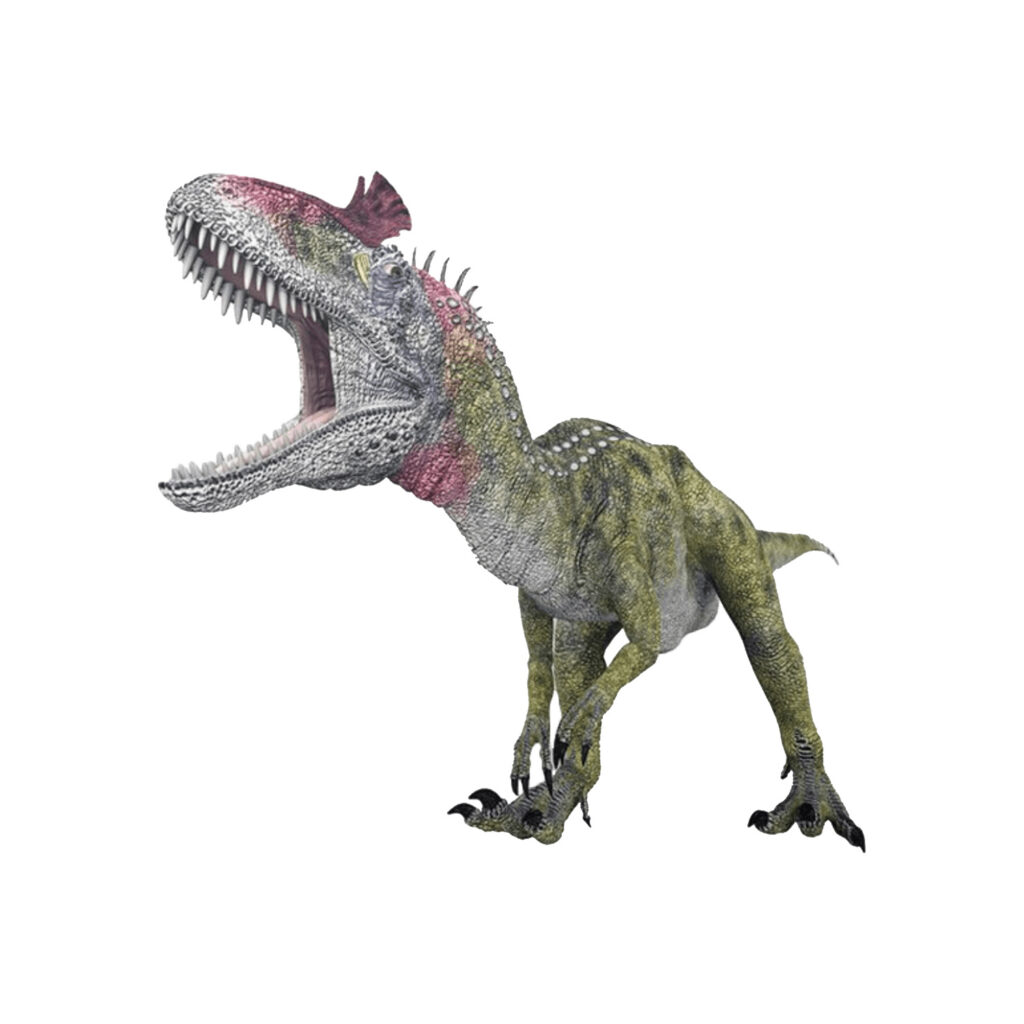
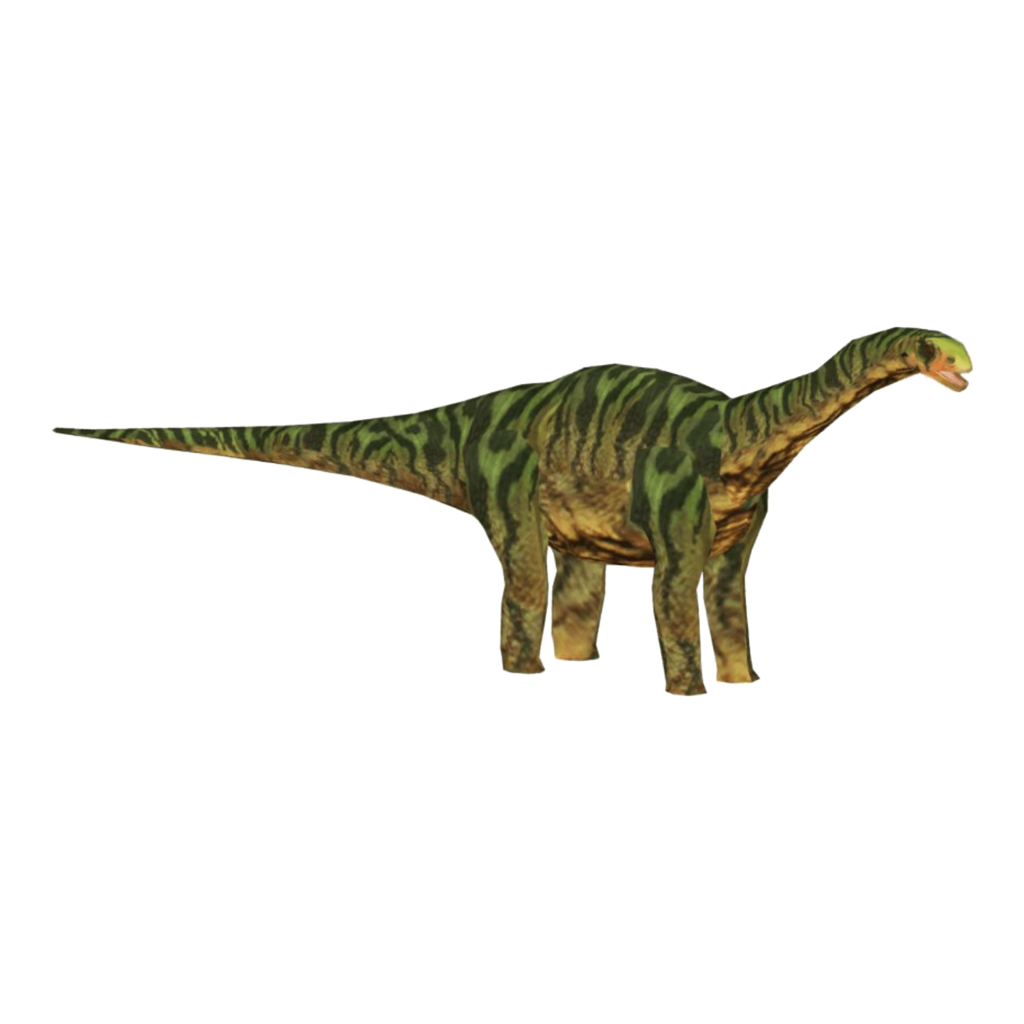
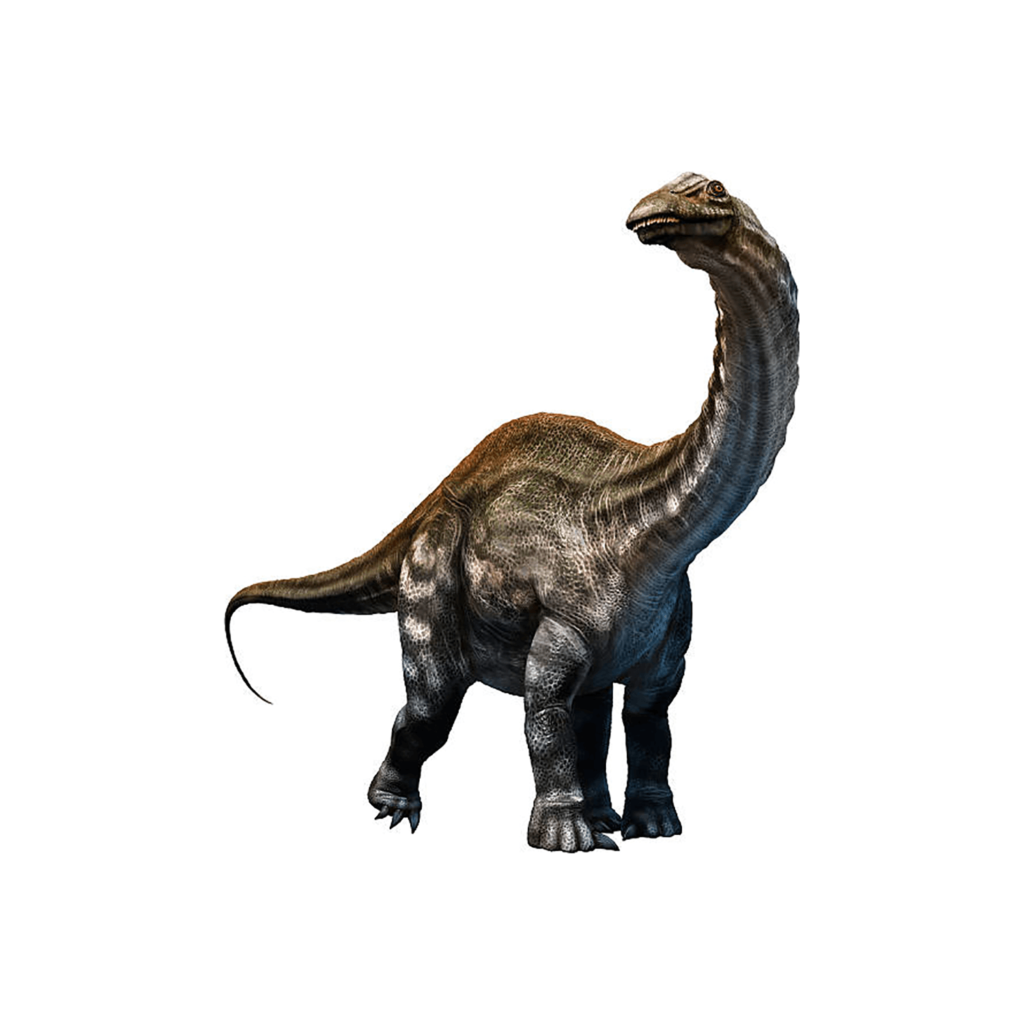
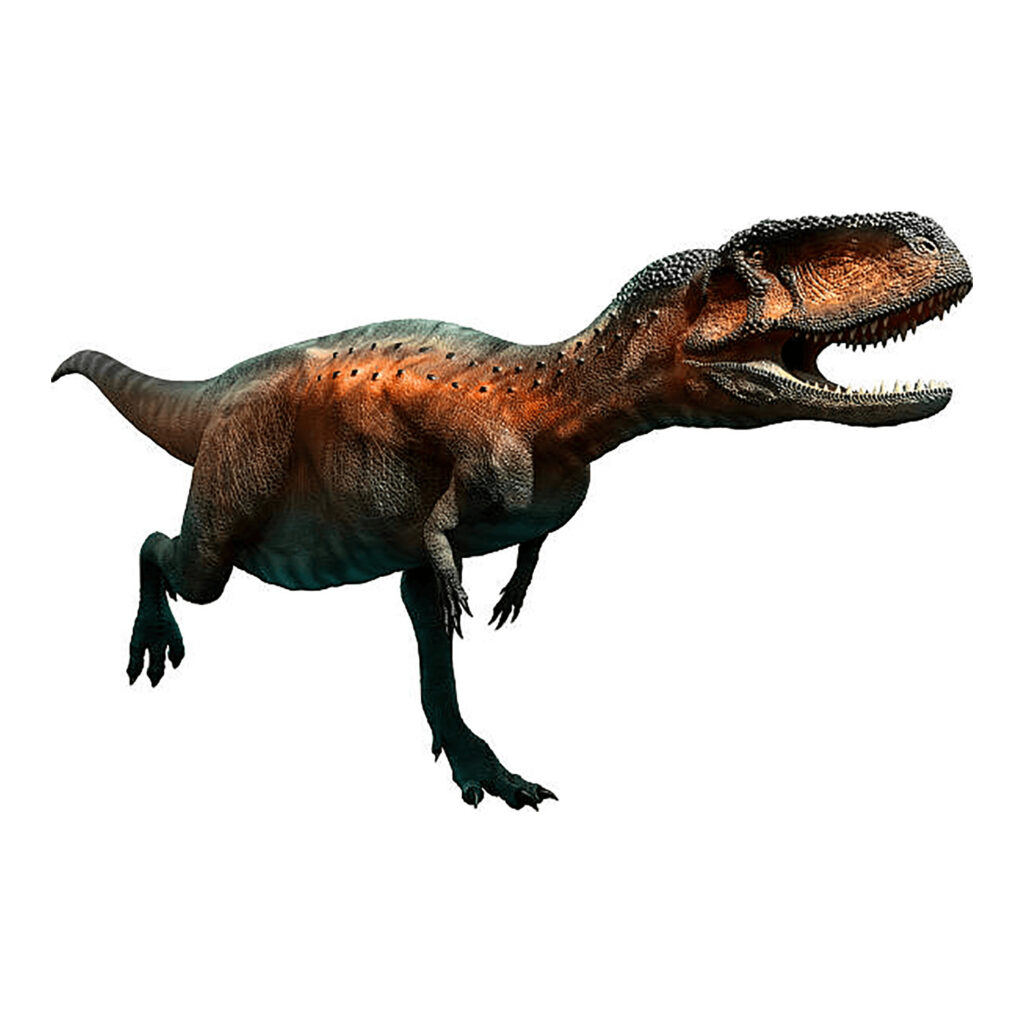













Description
Futabasaurus suzukii (Japanese name: Futabasuzukiryu) is an Elasmosaurid plesiosaur that inhabited the seas off Japan about 85 million years ago during the Late Cretaceous period.
It is known as the first plesiosaur fossil discovered in Japan, and the recovery of approximately 70% of a single articulated skeleton in the Pacific Rim region is extremely rare, making it a globally significant specimen.
A Discovery of a Lifetime by a High School Student
The discovery of Futabasaurus was a dramatic event that overturned the prevailing consensus of the Japanese paleontological community at the time.
The Discovery and Its Impact
The discovery began in 1968 (Shōwa 43) when Tadashi Suzuki, who was a high school student at the time, found an unfamiliar giant bone while searching for shark tooth fossils along the Okukura River in Iwaki City, Fukushima Prefecture.
This discovery sent shockwaves through the Japanese paleontological community.
It was widely believed at the time that large Mesozoic reptiles like plesiosaurs and dinosaurs would not be found on a small landmass like the Japanese archipelago.
The discovery of Futabasaurus overturned this long-held theory and became the catalyst for a fossil excavation boom in Japan.
Formally Described After 38 Years
Although approximately 70% of the Futabasaurus skeleton was collected, it could not be officially determined as a new species for many years due to a lack of comparable specimens.
It was finally identified as a new genus and new species of plesiosaur in 2006, 38 years after its discovery, by a research team at the National Museum of Nature and Science.
Tamaki Sato, one of the researchers involved, was said to have approached the fossil with such fervor that she affectionately referred to it as “Kare” (him).
The formal scientific name, Futabasaurus suzukii, was given in honor of the discovery site, the Futaba Group rock formation, and the discoverer, Mr. Suzuki.
The Confusion Surrounding “Futabasaurus”
Prior to the plesiosaur being named, the name “Futabasaurus” was actually proposed in 1990 for a theropod thought to be a tyrannosaurid from the Futaba Group.
However, this initial designation was a nomen nudum (a name without the necessary accompanying description for academic validity), so it posed no problem when the plesiosaur was formally described in 2006, and the name rightfully went to the plesiosaur.
Unique Physical Characteristics and Evolutionary Significance
Futabasaurus belongs to the Elasmosauridae family, known for their particularly long necks.
It is the oldest and most primitive species of its kind in the North Pacific region, making it a crucial key to studying plesiosaur evolution.
Futabasaurus was identified by several unique characteristics compared to other Elasmosaurid species:
Skull Features
The space between the left and right eye sockets (orbits) is very wide.
Short Cervical Vertebrae
The individual neck bones (cervical vertebrae) are relatively short for an Elasmosaurid.
Flippers
A long bone (radius and tibia) is joined to the humerus of the pectoral flipper and the femur of the pelvic flipper.
Clavicles and Interclavicles
The shape of the joint where the clavicles and interclavicles meet is distinctive.
These unique characteristics were the deciding factors that proved Futabasaurus to be a new genus and species of plesiosaur, unlike any other in the world.
Shark Attacks and the Paleontological Legacy
Traces of an Incident Left on the Fossil
When the Futabasaurus fossil was excavated, over 80 shark teeth were found nearby.
Furthermore, the bones of Futabasaurus showed bite marks believed to have been inflicted by these sharks.
While it is uncertain whether a living Futabasaurus was attacked by a shark pack or if its carcass was scavenged after death, this evidence vividly portrays the harsh survival competition that unfolded in the ancient seas of Japan.
The Coining of the Term “Kubinagaryu”
The discovery of Futabasaurus also had a major impact on the Japanese language of paleontology.
The Japanese term Kubinagaryu (首長竜, “long-necked dragon”) was coined by Yoshikazu Hasegawa following the discovery of Futabasuzukiryu, significantly contributing to the popularization of the term outside of academic circles.
Protection of the Fossil and Research
The Futabasaurus fossil continues to be an important icon in Japanese paleontology.
Currently, replicas are displayed in four locations across Japan, including the Iwaki Coal and Fossil Museum and the National Museum of Nature and Science, where they are used for research and education.
Partial fossils of other plesiosaurs found in the vicinity are also estimated to belong to the same species.